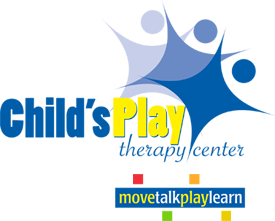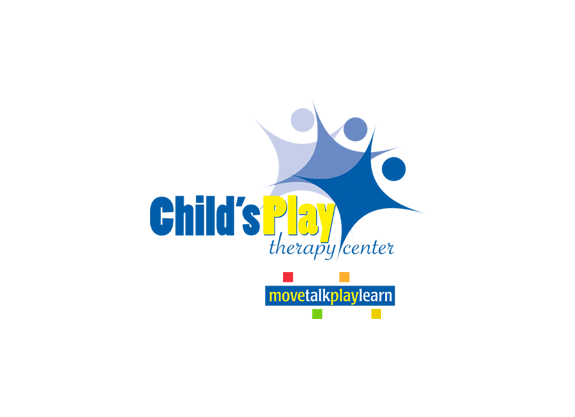 With the recent release of the CDC’s new developmental milestones, there has been a lot of buzz about how to interpret and use these new recommendations. As parents and practitioners, our ultimate goal is to do what is best for our children, but sometimes it is hard to know exactly what that is when information seems to be conflicting, confusing, or even controversial.
With the recent release of the CDC’s new developmental milestones, there has been a lot of buzz about how to interpret and use these new recommendations. As parents and practitioners, our ultimate goal is to do what is best for our children, but sometimes it is hard to know exactly what that is when information seems to be conflicting, confusing, or even controversial.
Here are some important things to know about these new guidelines. In theory, the goal of this new information is to encourage early identification of delays in communication, physical, cognitive, and social/emotional development. One thing that is widely agreed upon is that early identification of delays in these areas is crucial for helping children reach their full potential.
Previously, a “wait and see” approach–the opposite of early intervention–was a common recommendation for parents who voiced concern surrounding their child’s development. However, these new recommendations aim to eliminate the “wait and see” approach altogether. Here is how they attempted to do that: With old guidelines, milestones were based on the 50th percentile, meaning that 50% of children were using the skills defined as a milestone by that age. This led to the thought that if a child was behind in meeting certain milestones, it was not such a big deal since only 50% of kids were expected to be using those skills. Therefore the “wait and see” approach was often recommended, which limited critical referrals for early intervention. The new guidelines, however, are now based on the 75th percentile, meaning that 75% of children are using skills by that age. This should make it easier for parents, caregivers, and other practitioners to identify potential delays and make appropriate referrals for treatment sooner. But how do we do that with the confusion that has surrounded this new release?
Perhaps a better way to interpret these new recommendations is not so much as “milestones,” but rather “guidelines” about when referral is a must. However, you do not have to get to this point before seeking help for your child. All things considered, you are the best advocate for your child. Nothing can replace your instinct as a parent. So, if you are concerned about any area of development, the best thing to do for your child is to seek further evaluation as early as possible in order to identify delays and initiate treatment to help them reach their maximum potential.
Taylor Tidmore, CCC-SLP





